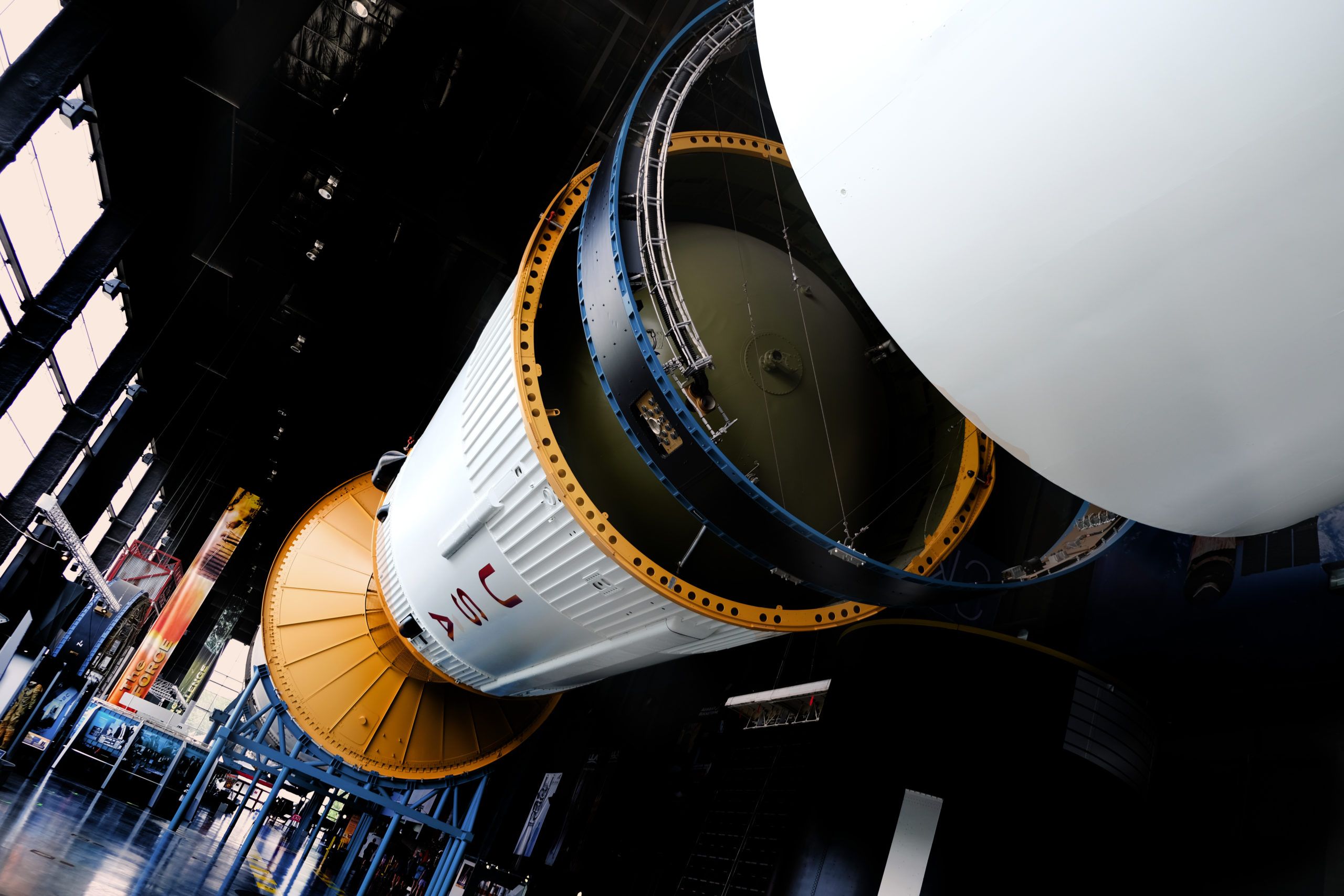I have enjoyed being a docent at USSRC for about five years. It leads to some very rewarding experiences particularly when we get visitors who are curious about the technology of our early space programs or the history behind Huntsville’s involvement. I believe the most rewarding response I get is when I see someone’s face light up, be it an adult or a Space Camper, as they have just understood some aspect of the program for the first time. This can be some rather obscure technical point or some major programmatic decision that drives an entire program. Interactions with the public can run the full gamut from people who are just curious about what’s in the big white building to professors of engineering who may be seeking to verify some tiny point about something as obscure as the “start sequence of an F-1 engine”. I love all these kinds of people. Many times, their questions receive an “I don’t know” answer from me. But one of the joys of that answer is that it drives me to do some homework so that no one will stump we with that particular question again.
Of course, there is a hazard in speaking about the Saturn V here in Huntsville, because you never know if one of the older folks in a group may have been the chief design engineer on that particular element when the rocket was being initially designed and built. It does keep you on your toes!
You never know when a person or a small group of people will be very rewarding to speak to. I particularly remember a group of three plumbers who, as you might expect, were very interested in fluid flow through pipes. We just so happen to have an F-1 rocket engine which has quite a few pipes which direct the flow of some challenging fluids at interesting pressures and temperatures. We must have spent an hour tracing fluid lines and talking about the mechanics of the fluid flows through them.
It was really a thrill when I ran across an 8-year-old who might as well have been a professor of engineering. I asked him if he could think of four things an astronaut needed to stay alive in the space suit for a short time of working in space. He proceeded to reel off all four requirements. I thought he might well have been one of my suit instructors at JSC. It just makes my whole day when I see such a child who is interested enough in space technology to study it in-depth on his own.
But while we are there to assist the public, there are those days when people prefer to walk around and read the placard information throughout the museum. When that happens, we docents usually can find some aspect of the hardware that we do not understand. We will begin to trace wires or fluid flows trying to more thoroughly understand the machines. Occasionally, we will hit a dead end, which means more homework, until we find the missing bit of information. Many times, it is a piece of equipment that didn’t make it onto our exhibit. The RL-10 engine has caused me more than one sleepless night, as has the history of the von Braun rocket team in Germany and in the U.S. But I find it very rewarding just to spend time with my fellow docents when we can learn from each other. We have some pretty interesting folks wearing white lab coats; some may even be legends!
Some very rewarding moments can come from watching parents react with their kids. It is wonderful to see parents beaming with pride as one of their children talks about their adventures at Space Camp. Sometimes getting the “Right Stuff Award” can be as important as getting a Nobel Prize!


